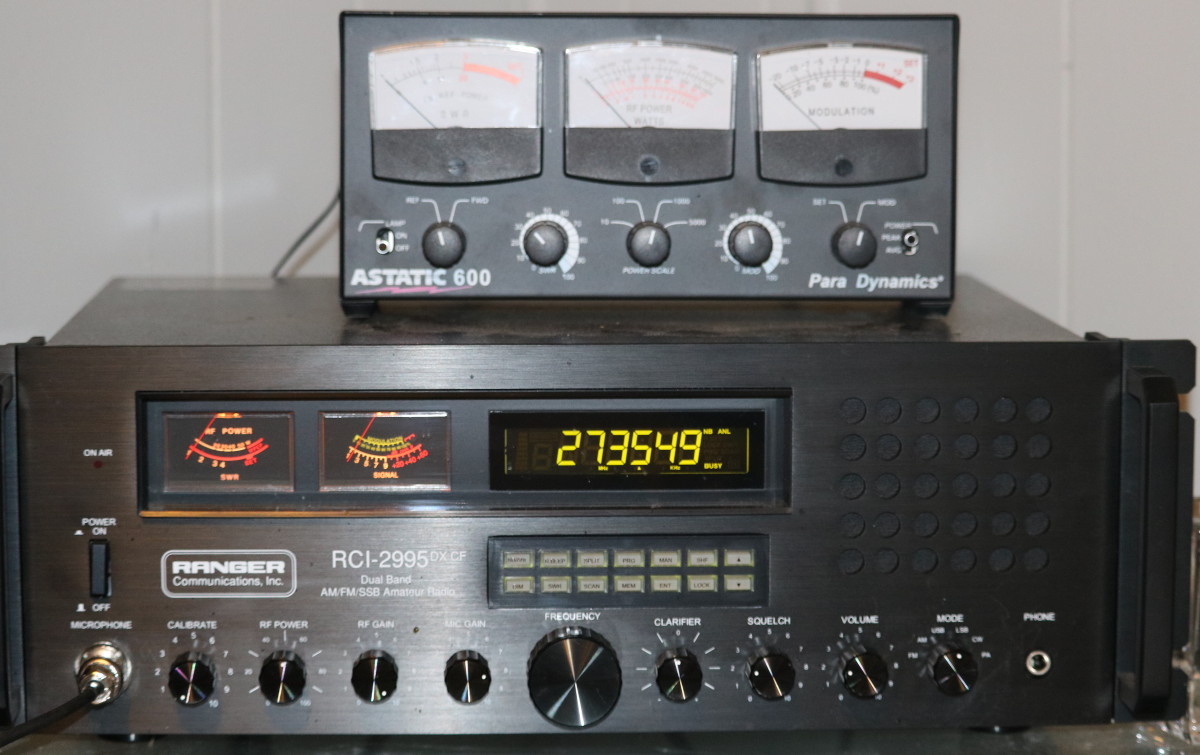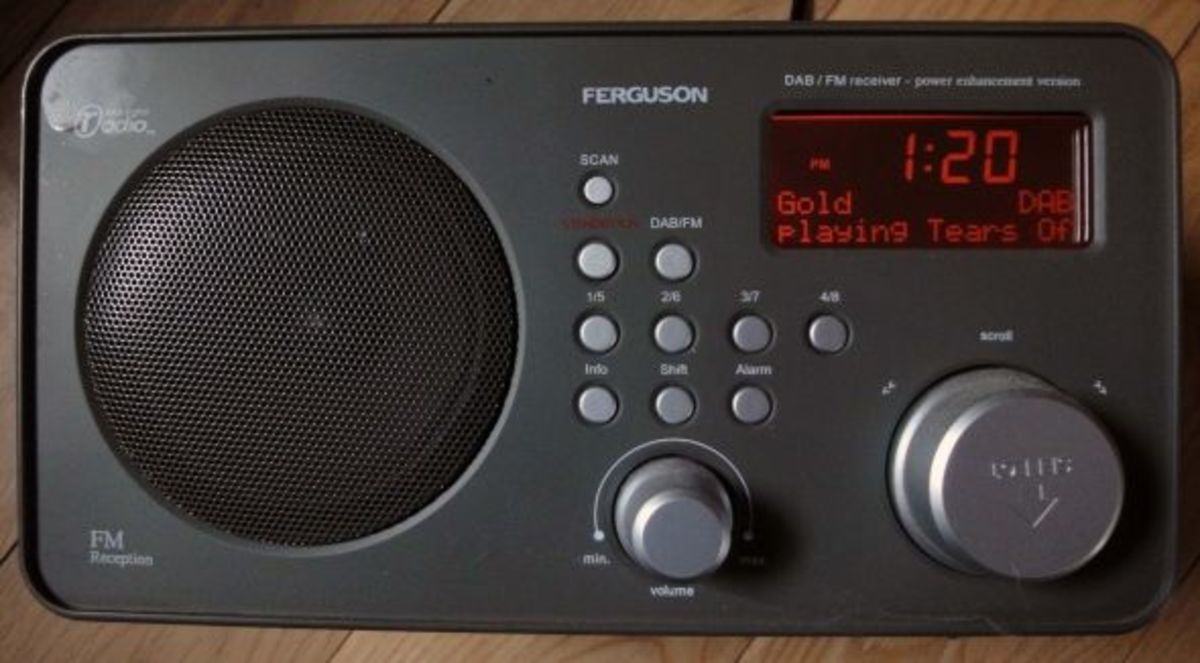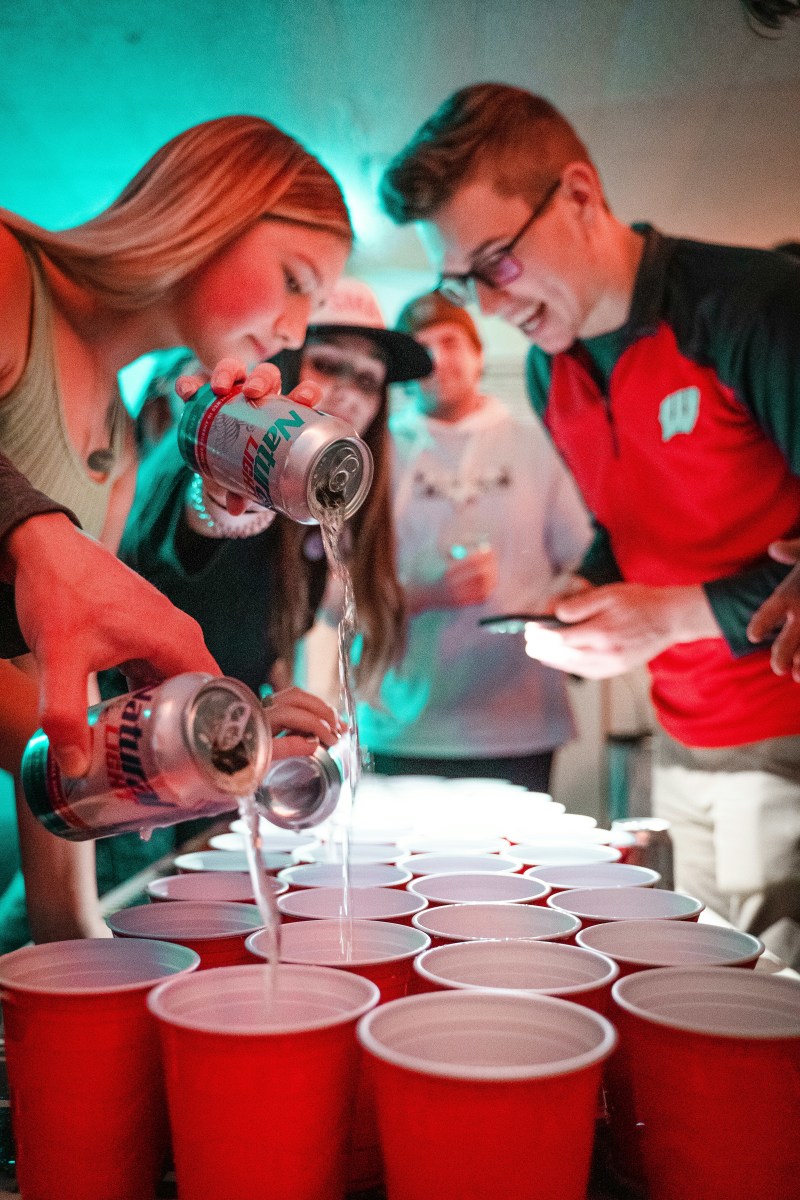Amateur Radio Equipment
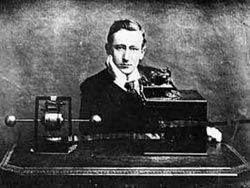
Amateur Radio Equipment Across The Decades
Amateur Radio Equipment has come a long way since an Italian gentleman named Guglielmo Marconi first transmitted morse code signals from a crude spark-gap transmitter across the Atlantic from England to the United States.
As happens with so many brilliant inventors throughout history, Marconi was not taken seriously in his own country (Italy). So he packed up his experimental radio equipment and sailed for England, where he would change the world forever and make his fortune.
Now, almost 100 years later, the name Marconi is still synonymous with two-way radios, and amateur radio operators remember the man who started it all by having a Marconi Day contest each year.
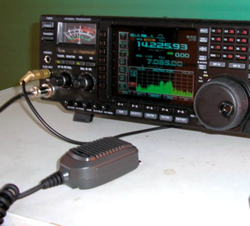
Amateur radio equipment has changed dramatically since 1901
From Spark Gap Transmitters To Communications Satellites
The first radio transmitters were spark-gap transmitters, as invented by Mr Marconi. And they were soon being used by ships at sea, such as the famously ill-fated steamship the SS Titanic. The two professional radio operators on that ship stayed at their posts transmitting SOS messages in morse code until the swirling icy waters knocked out their electrical power.
Young people of the day were inspired by the whole idea of two way radio, which was as revolutionary in its day as the Internet has been for our generation. They began to experiment for themselves and build simple transmitters, which they used to send messages with using the dits and dahs of morse code.
At first there were no regulations over radio transmitters and who could use them. But world governments assigned a series of radio frequency bands where radio experimenters could build and test their new radios. This radio service became known as Amateur Radio.
In 1914 the World War One broke out in Europe and lasted for four years, ending in 1918. The world's military forces all started using radio during that war. So by the time World War Two broke out in 1939, there were many amateur two-way radio enthusiasts, who were quickly snapped up by the armed forces. Their radio transmitters were confiscated or sealed by the authorities, not to be used again until WWII ended in 1945.
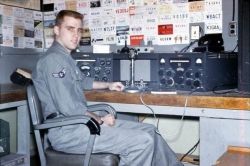
Amateur Radio Equipment After World War Two
The Amateur Radio Service started with young people who wanted to learn about two-way radios - and to play with them.
After World War II was over, there were many young men returning to civilian life who had been trained in two way radio by the army, navy and air forces. Some became professional radio operators and radio engineers involved in the Cold War, which lasted until the fall of the Berlin Wall in the 1990s.
Other radio enthusiasts returned to the hobby of Amateur Radio (or Ham Radio as it is often called), and there were mountains of surplus ex-military radio equipment available, which could be bought up very cheaply and used on the Amateur Radio wave bands.
So Amateur Radio went through a kind of golden age in the 1960s and 1970s. Many people studied for their ham licenses and got into the hobby. The two way radios they used were then powered by valves because the old spark-gap transmitters were illegal. (They caused extreme interference to all other radio signals for a very wide radius.)
But morse code was a requirement by law before any aspiring Amateur Radio operator could get his (or her) ham radio license, to be allowed to go on the air. And while voice transmissions were popular as well, operators who favored conversing in CW (morse code) were regarded as the elite guard in the Ham Radio fraternity.
Ham Radio for the 21st Century
Amateur Radio equipment has been growing two main directions over the last few decades. Radio base-station transceivers have been getting produced with more and more bells and whistles, adding scores of sophisticated refinements such as digital noise reduction and spectrum scopes which show you where the signals are up and down the band you are on at the moment.
Then there have been mobile and portable 2-way radios designed to be installed in a vehicle. Think radios such as the Icom IC-7000, the Yaesu FT-857D or the Kenwood TS-480AT. These pack the same 100-watts power and most of the features of their bigger brothers and sisters, but fitted into a smaller package where the visual displays may be harder to read and the buttons more cramped together.
Another direction is for portable radios to get smaller and smaller so operators can take them hiking, camping or onto mountaintops for SOTA (Summits On The Air). Here where batteries can be heavy and every ounce you need to backpack will tire you out faster, the smaller the transceiver the better. However, low power (QRP) signals have little chance of being heard unless you put your little 5-watts or less of power into a full-sized antenna. This is also where CW morse code signals prove they are 20 times more efficient at getting though than SSB (single side-band voice) transmissions. But that is another subject for discussion elsewhere!

